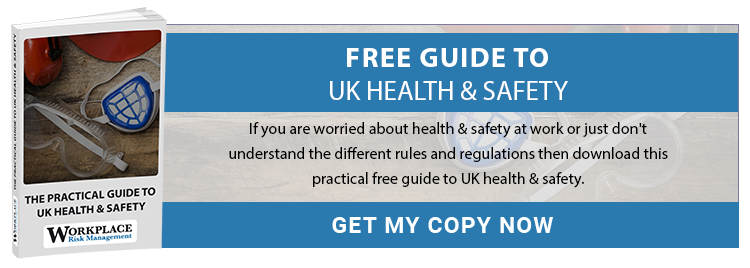
The construction industry is obliged to take note of about 20 pieces of legislation that relate to the health and safety of its workforce, customers and visitors. There can surely be no other industry that carries out many of its activities in public areas and introduces there the dangers of falling objects, transportation collisions, lifting operations and related hazardous activities not only to its workforce but in close proximity to the general public. Safety is vital and the regulations have indeed worked to the extent that fatalities have fallen from hundreds per year to tens.
What Exactly Are Regulations?
An Act (of Parliament) such as the Health and Safety at Work Act 1974 (HSWA) is called Primary Legislation and is a mechanism for the relevant minister to introduce various additional Statutory Instruments (SIs) which are called Regulations.
There are general Health & Safety regulations that apply to all businesses and industries (including construction) and then there are additional pieces of legislation aimed specifically at the construction industry. This approach recognises the fact that construction is a particularly hazardous undertaking compared with the majority of other industries. It employs a large proportion of the total workforce and therefore results in a higher count of deaths, injuries and general reportable incidents compared with other industries.
That totally excludes building regulations that address how buildings should be constructed so as to promote the safety of inhabitants and users. The end product, for want of a better term. H&S addresses the activity of construction only.
The Regulations Are Constantly Being Reviewed And Revised Based On Real Life Feedback
For example, the Construction (Head Protection) Regulations 1989 – were amongst a group of regulations revoked in 2013 that were seen as not delivering the intended benefits or having been superseded by other regulations. It was replaced by a 2 page guidance on Hard Hats, which seems to simplify the subject matter considerably.
Here Are Some Of The Most Important Regulations:
1) Working at Height Regulations 2015 – specifies safety equipment and safe usage of ladders, scaffolding and so forth. Features such as double guardrails and toe boards on scaffolding, for example, which protect workers and help to ensure objects and debris do not fall on passers-by.
2) The Lifting Operations and Lifting Equipment Regulations (LOLER) 1998 – addresses the use of cranes, on-board lifting devices on lorries amongst other applications. It mandates frequent thorough examination of equipment, proper training and clear signage on machines.
3) The Construction (Design and Management) Regulations 2015 – takes a risk management collaborative approach to identifying hazards and ensuring that actions are in place to mitigate identified risks.
4) Control of Asbestos Regulations 2012 – provides detailed guidelines regarding best practice in handling asbestos material and asbestos cement to minimise the risk to workers and the public at large, particularly during demolition projects.
5) Control of Vibration at Work Regulations 2005 – is a response to the realisation that prolonged use of vibrating tools such as jackhammers results in ill health to users, typically hand/arm impacts but also whole body in some instances.
6) Control of Noise at Work Regulations 2005 – recognises the irreversible damage to hearing caused by loud workplace noises and mandates actions such as limiting the maximum permitted decibels and supplying protective gear.
7) Manual Handling Operations Regulations 1992 – addresses the inherent risks when individuals life, move or push an object or load. Employers are obliged to carry out risk assessments and train employees in safe procedures and techniques.
Our FREE Guide To UK H&S Regulations
Implementing Health & Safety regulations need not be the hugely onerous overhead that many companies fear when it is approached in a sensible manner and when you can draw on the experience and guidance of experts to ensure complains is maintained. Start by downloading our free eBook A Practical Guide To UK Health and Safety, which provides a quick grounding in the basics of what is involved.


